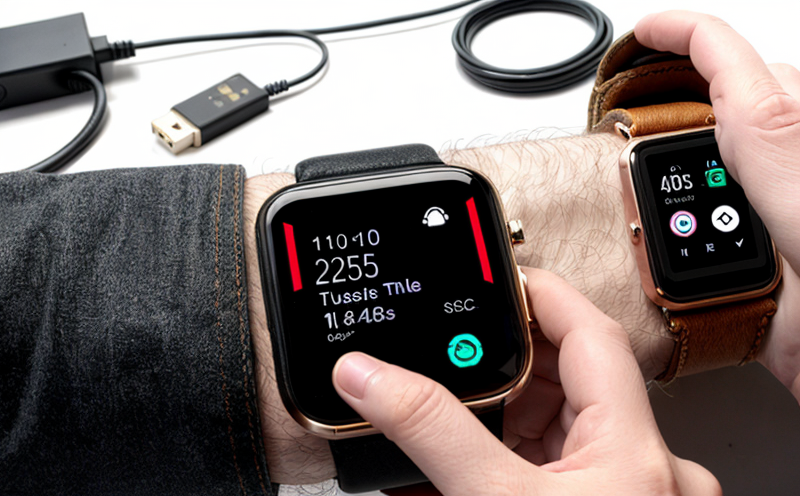JIS C 62368 Safety Testing for Wearable Electronics in Japan
The Japanese Industrial Standard (JIS) C 62368-1:2014 establishes safety requirements for electrical equipment with respect to the prevention of electric shock and other injuries caused by contact or proximity. This standard is widely recognized for its comprehensive approach to ensuring consumer electronics are safe for use in diverse environments.
For wearable and portable electronics, JIS C 62368-1:2014 provides critical guidelines that cover potential hazards such as direct contact with the body, inadvertent contact, proximity effects, and other risk factors. Compliance ensures that devices are safe not only during use but also in scenarios where they might be accidentally handled or misused.
The standard is applicable to a wide range of portable electronic products including smartphones, smartwatches, fitness trackers, and wireless earphones. It addresses various aspects such as electrical insulation, mechanical strength, thermal stability, and the overall design to prevent hazards like overheating, short circuits, and electric shock.
Compliance with JIS C 62368-1:2014 is mandatory for manufacturers exporting their products to Japan. It ensures that the devices meet stringent safety standards set by the Japanese government. This compliance can also enhance brand reputation and market entry into other countries, as it demonstrates a commitment to product safety.
The testing process involves several stages, including initial design review, laboratory testing, and final certification. The testing focuses on areas such as contact voltage, fault current, power dissipation limits, and more specific parameters for wearable devices like strain relief and cable pulling forces. Rigorous quality assurance measures are essential to ensure that all components meet the stringent requirements of JIS C 62368-1:2014.
Accurate compliance with this standard is crucial as it directly impacts consumer safety, brand reputation, and regulatory approval. Non-compliance can lead to product recalls, legal issues, and significant financial losses for manufacturers. Therefore, investing in thorough testing and certification processes is imperative.
Quality and Reliability Assurance
- Contact Voltage Limits: Testing ensures that the contact voltage does not exceed safe levels, preventing electric shock risks.
- Fault Current Protection: Ensures that fault currents are limited to safe values to prevent device damage and potential hazards.
- Power Dissipation Limits: Guarantees that power dissipation is controlled within acceptable limits to avoid overheating and fire risks.
- Strain Relief: For wearable devices, strain relief testing ensures that connections are robust against the stresses of daily use and movement.
The rigorous quality assurance measures implemented during the testing process ensure that all components meet the stringent requirements set by JIS C 62368-1:2014. This comprehensive approach guarantees that products are safe for their intended use, thus protecting consumers from potential hazards.
Environmental and Sustainability Contributions
The safety testing process outlined in JIS C 62368-1:2014 plays a crucial role in promoting sustainable practices within the electronics industry. By ensuring that products are safe for use, the standard helps prevent accidents and injuries, which can lead to unnecessary healthcare costs and environmental impacts from discarded devices.
Moreover, compliance with JIS C 62368-1:2014 encourages manufacturers to adopt safer designs that reduce energy consumption and minimize waste. This aligns with broader sustainability goals by promoting the use of materials and processes that are less harmful to the environment.
Use Cases and Application Examples
Wearable electronics such as smartwatches, fitness trackers, and wireless earphones are subject to JIS C 62368-1:2014. This standard ensures that these devices meet the necessary safety requirements for direct contact with the skin or being worn on the body.
In practice, this means testing for various scenarios such as accidental contact while in use, potential mechanical stresses from movement and sweat, and ensuring that the device does not pose a risk if it is dropped or subjected to other forms of abuse. The standard also covers the design aspects, such as ensuring that cables are securely connected and can withstand normal wear and tear.
For instance, a smartwatch manufacturer must ensure that the strap is strong enough to prevent it from breaking during daily activities like running or swimming. Similarly, for wireless earphones, testing focuses on ensuring they do not pose risks even if they are accidentally swallowed by small children.





